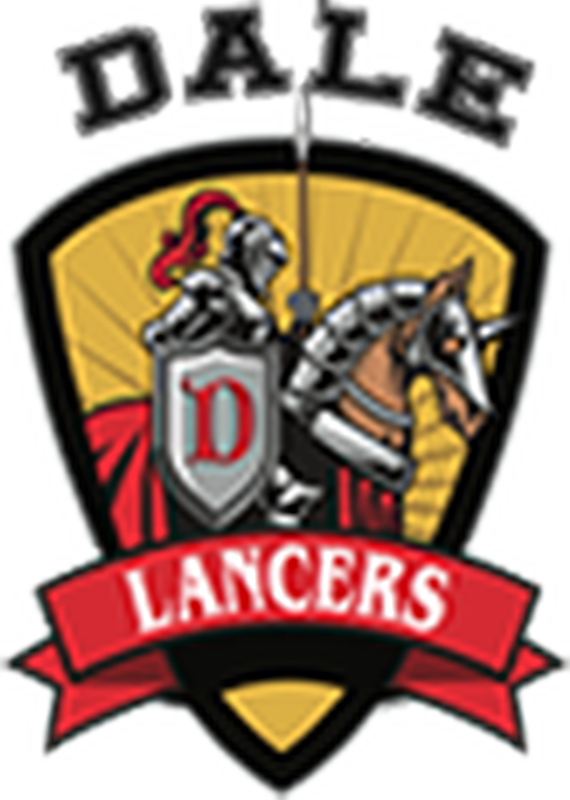Classes
»
US Hist/Geo P - R.Campbell
This Class has been deleted.
web-v2-2 Copyright © 2001-2025. All Rights Reserved.
Web Development by Cyberschool &
IES, Inc.
NOT YET CHECKED
12/13/25 9:22 AM


